Traveling with Pets 101
Embarking on a journey with a beloved pet opens the door to shared adventures and cherished moments that can last a lifetime. Whether it’s hiking through picturesque trails, strolling along a beach at sunset, or exploring new places together, traveling with your pet can deepen the unique bond you share. However, to transform these potential experiences into reality, meticulous planning and thorough preparation are essential. From understanding transportation regulations to ensuring your pet’s comfort and safety, there are numerous factors to consider. This comprehensive guide provides essential tips and advice to help you navigate the complexities of pet travel, ensuring a smooth adventure from start to finish.
Preparing Your Pet for Travel
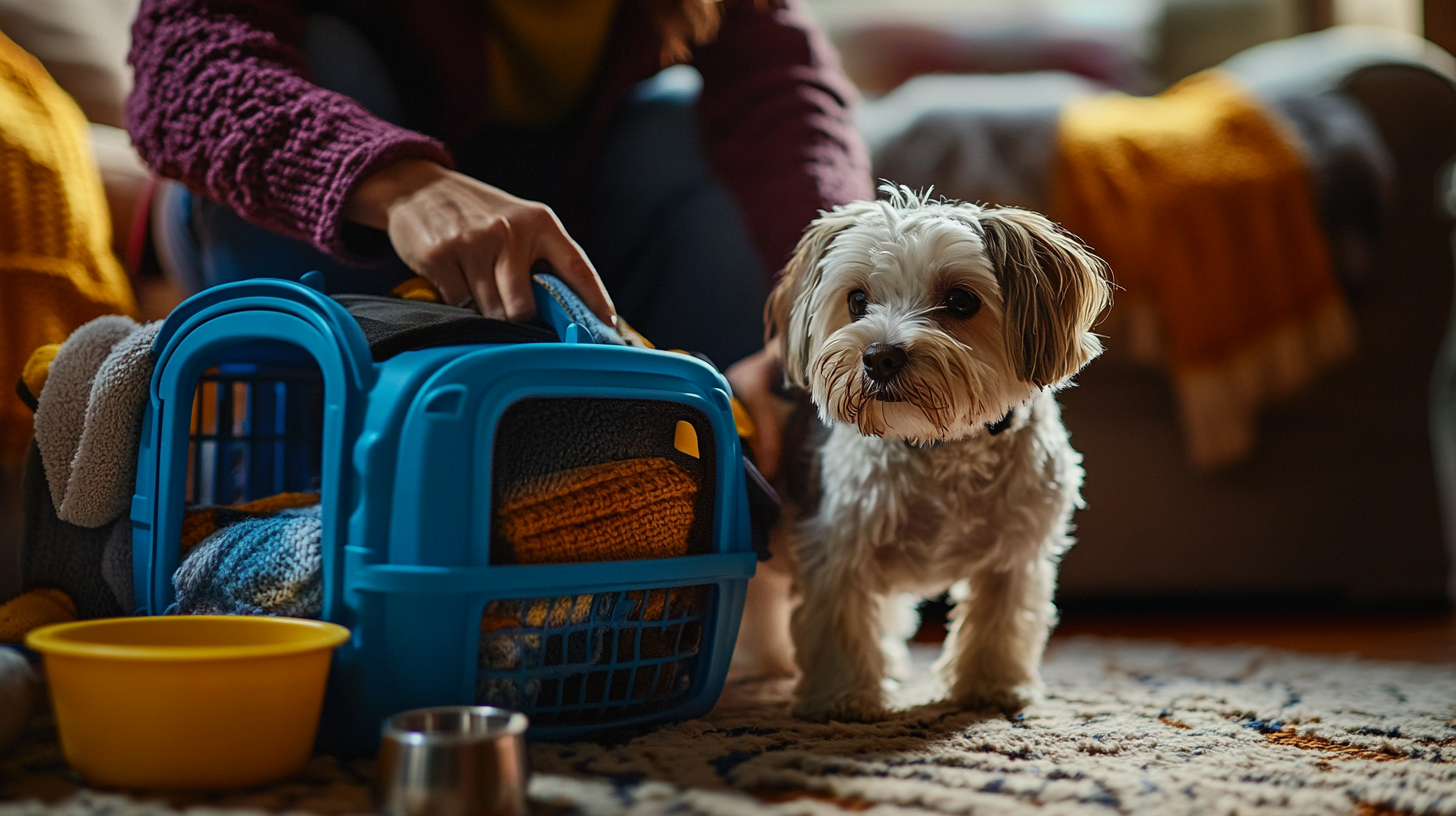
Assessing Your Pet’s Fitness for Travel
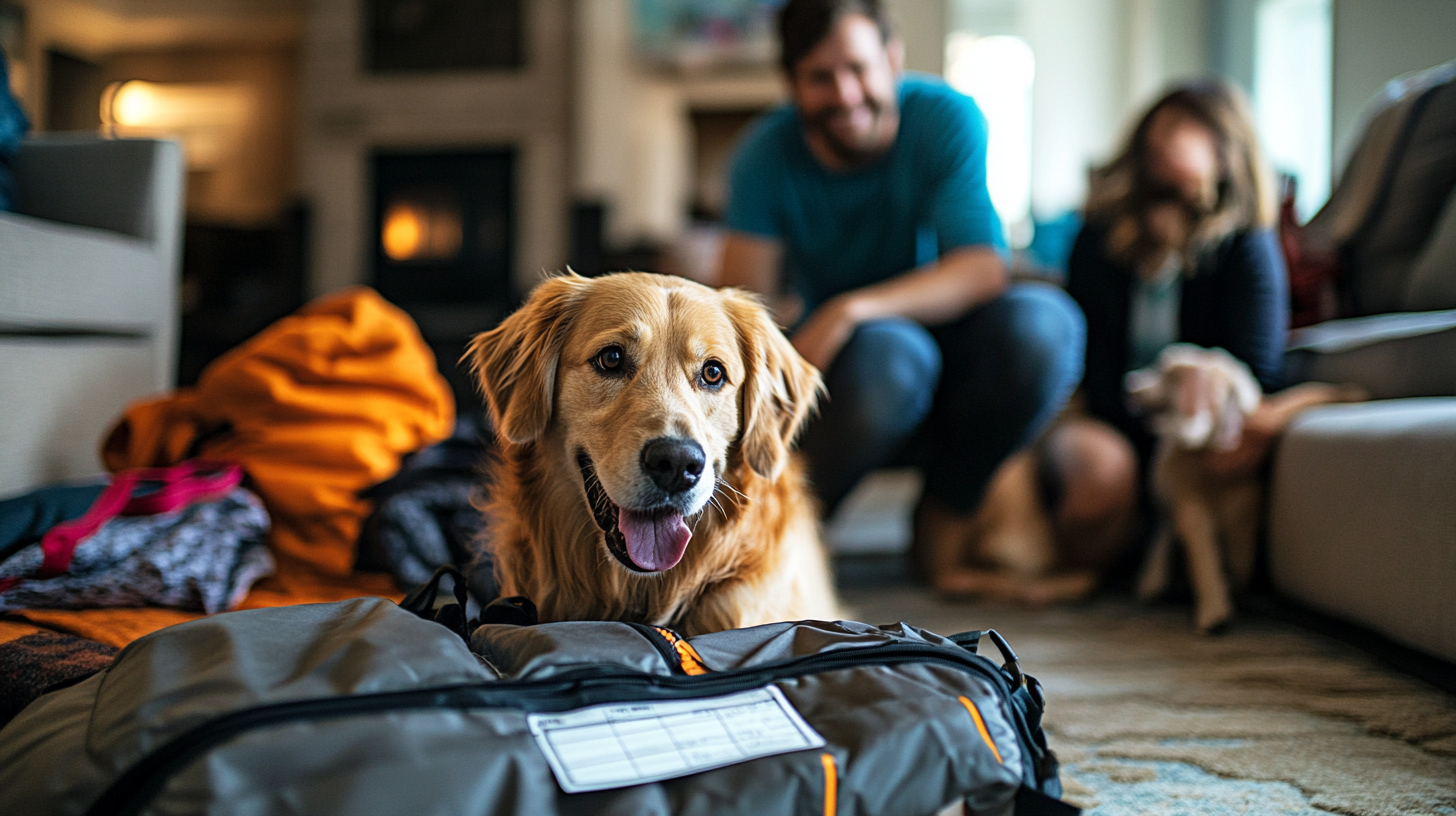
Before embarking on any trip, it’s crucial to evaluate whether your pet is fit for travel. Factors such as chronic illnesses, mobility issues, or even anxiety levels can significantly impact your pet’s ability to handle the stresses of travel. For instance, pets with heart conditions or respiratory issues may be at risk in high-altitude environments or during air travel. Age is another important consideration; very young puppies or kittens, as well as senior pets, may have special needs or vulnerabilities. Additionally, pets with temperament issues, such as severe anxiety or aggression toward strangers, might find travel overwhelming. To address these concerns, consult your veterinarian for a thorough health check-up to determine if your pet is ready for the journey ahead. Veterinary approval is especially important, as some pets may not be suitable candidates for travel due to health concerns or stress-related issues. Your vet can provide personalized advice and may suggest accommodations or treatments to make travel more comfortable for your pet.
Scheduling a Veterinary Visit

During the vet visit, ensure all vaccinations are up-to-date, and obtain any necessary health certificates. Some destinations require specific vaccinations or documentation, such as rabies certificates or proof of treatment against certain parasites, so research these requirements well in advance. It’s advisable to carry copies of all veterinary records during your travels. Discuss any potential anxiety your pet may experience during travel, and consider solutions such as anxiety medications, pheromone sprays, or natural calming remedies as advised by your vet. Your veterinarian might also offer behavior training tips to help your pet adjust to new environments. Remember, open communication with your vet is key to addressing any concerns and ensuring your pet’s well-being during the journey.
Microchipping and Identification

One of the most important steps in preparing for pet travel is ensuring your pet has proper identification. Microchipping provides a permanent form of ID that can help reunite you with your pet if they become lost. It’s essential to keep your contact information up-to-date in the microchip registry, as outdated information can render the microchip ineffective. Additionally, your pet should wear a collar with up-to-date ID tags that include your name, current phone number, and any other relevant contact details. For extra security, consider using smart tags or GPS trackers to monitor your pet’s location during the trip. GPS trackers can provide real-time location updates, offering peace of mind, especially in unfamiliar environments. This combined approach enhances the chances of a quick reunion should your pet wander off or become separated from you.
Acclimating Your Pet to the Carrier
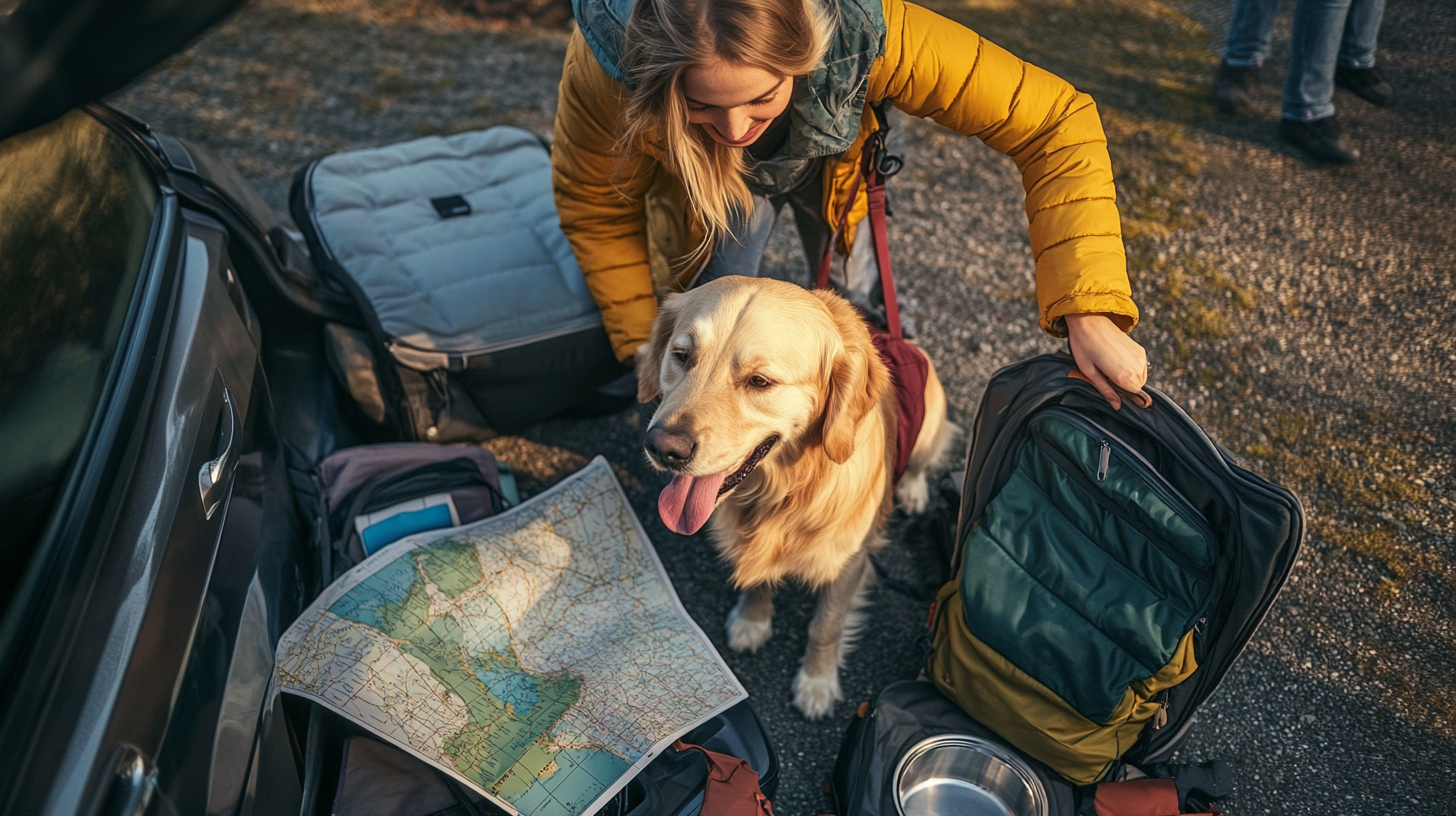
Introduce your pet to their travel carrier or crate well before the trip. Place the carrier in a common area of your home with the door open, and encourage your pet to explore it voluntarily. You can make the carrier more inviting by placing their favorite toys, treats, or bedding inside. Over time, your pet may begin to see the carrier as a safe haven rather than a source of stress. This gradual acclimation helps reduce anxiety and makes the carrier a safe, familiar space during travel. For pets resistant to cages, a seat belt harness can be an alternative for car travel, provided it meets safety standards. Remember, safety is paramount; unrestrained pets can be a hazard to themselves and others in the vehicle. By ensuring your pet is comfortable with their restraint method ahead of time, you can help minimize stress during the actual journey.
Planning Your Journey

Researching Travel Requirements

Different modes of transportation and destinations have varying requirements for traveling with pets. Whether you’re traveling by car, plane, or train, research the specific policies and regulations thoroughly. For detailed information on airline pet policies, comprehensive airline pet travel guide can be an invaluable resource. For air travel, book in advance and confirm that your pet meets the airline’s requirements for in-cabin travel or cargo hold transport. Airlines typically have size and weight limits for pets traveling in the cabin, and only a limited number of pets are allowed per flight, so early booking is crucial. Remember that many airlines have restrictions, especially post-COVID, with some only allowing small pets in the cabin. Additionally, international flights may require extensive paperwork, so allow ample time to gather the necessary documents. For train travel, companies like Amtrak have specific guidelines on pet travel, often limiting trips to under seven hours and requiring pets to be in carriers. By understanding these requirements ahead of time, you can avoid unexpected surprises and ensure a smoother journey.
Choosing Pet-Friendly Accommodations
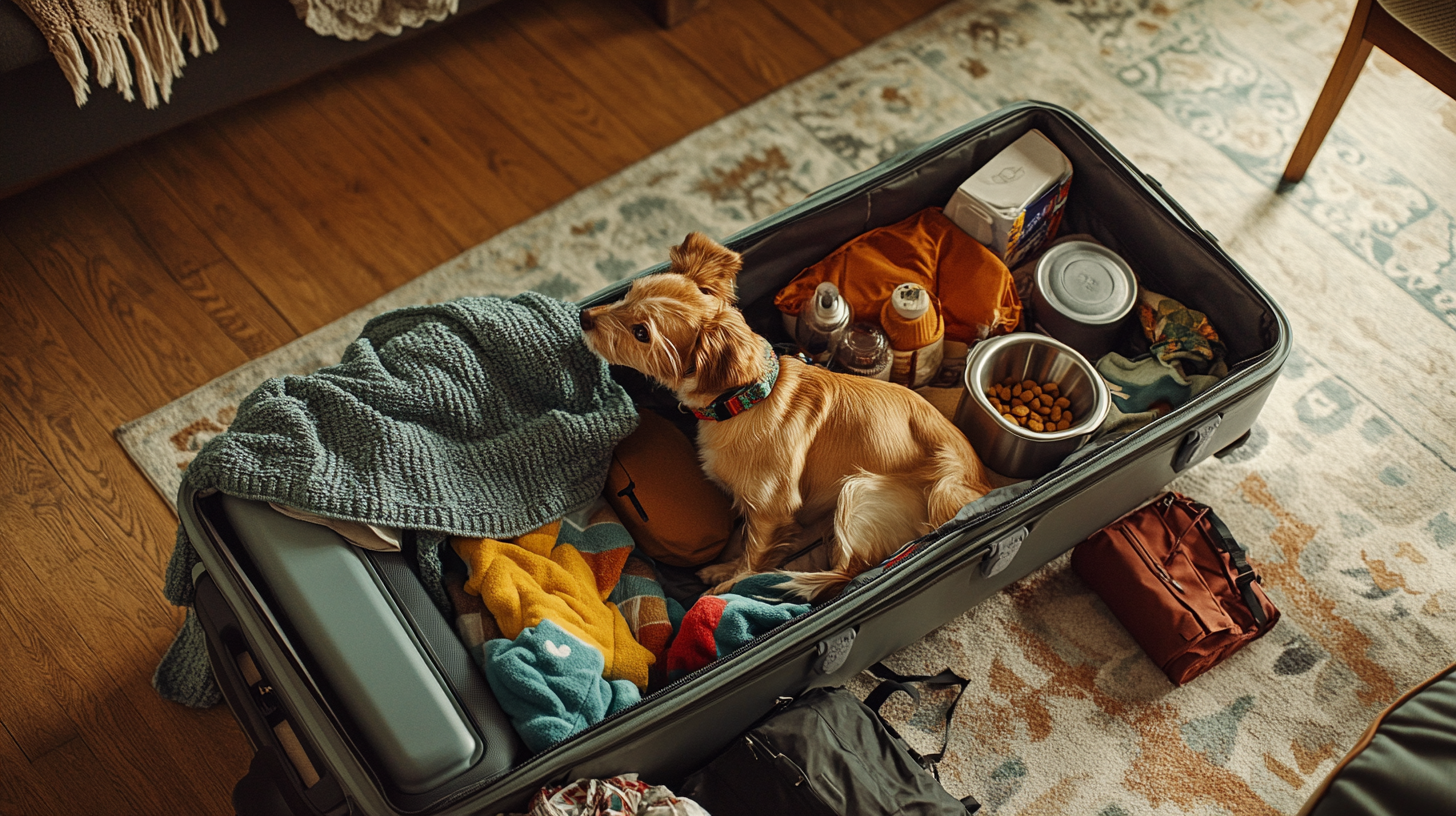
Not all accommodations welcome pets, so it’s essential to find pet-friendly hotels, rentals, or home exchanges. Websites and apps like BringFido.com and Pets Welcome can help you locate suitable places. When selecting accommodations, consider factors beyond just pet acceptance. For example, some hotels may have weight limits, breed restrictions, or limit the number of pets per room. Always verify the pet policies, fees, and any restrictions before booking to avoid unpleasant surprises upon arrival. Additionally, inquire about amenities that will make your pet’s stay comfortable, such as nearby parks, pet relief areas, or even special pet services like dog walking or pet sitting. Choosing accommodations that cater to pets can enhance your travel experience and ensure your pet feels at home. For personalized recommendations and reviews, pet-friendly travel accommodation reviews can provide insights from other pet owners.
Packing Essentials for Your Pet

Prepare a comprehensive travel kit for your pet, including:
- Food and water bowls – collapsible ones can save space and are convenient for on-the-go feeding.
- Enough pet food for the duration of the trip – sudden changes in diet can upset your pet’s stomach, so bring their regular food.
- Bottled water or water from home to prevent stomach upset due to changes in water mineral content.
- Medications and supplements – include all regular medications, plus extra in case of delays.
- A first-aid kit specific to your pet’s needs – consult your vet for recommended contents.
- Waste bags and cleaning supplies – be prepared to clean up after your pet to maintain hygiene standards.
- Familiar items like toys, blankets, or bedding to provide comfort and reduce anxiety in unfamiliar environments.
- Important documents such as health certificates, vaccination records, and any required permits or identification.
- Grooming supplies – brushes, shampoo, or wipes to keep your pet clean during the trip.
- Leashes, harnesses, and possibly a muzzle if required by certain locations.
Travel Safety and Comfort

Car Travel Tips
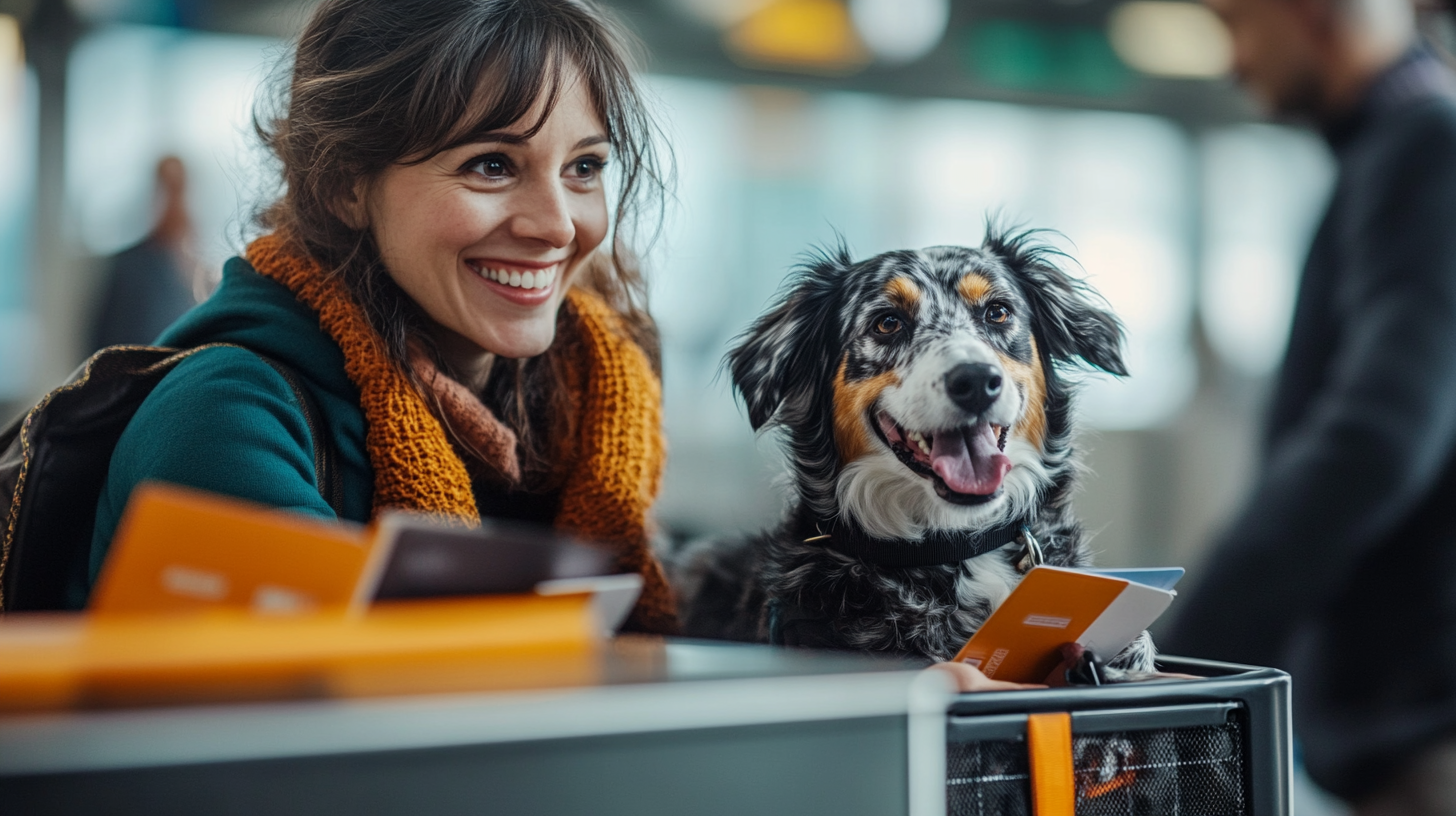
When traveling by car, safety should be a top priority. Use crash-tested carriers or kennels secured in the vehicle to protect your pet in case of sudden stops or accidents. Brands offering safety-tested travel gear can offer peace of mind; crash-tested pet travel carriers provide options tested for durability and safety. If your pet prefers more freedom, a seat belt harness can keep them restrained while allowing some movement. Ensure the harness you choose is appropriate for your pet’s size and has been tested for safety. Never allow your pet to ride with their head out of the window, as this can lead to injuries from flying debris or sudden stops. It also poses a risk of your pet jumping out of the window in excitement or fear.
Plan for regular rest breaks every two to three hours to allow your pet to stretch, hydrate, and relieve themselves. These breaks are also an opportunity for mental stimulation and can alleviate boredom. Avoid feeding your pet in a moving vehicle to prevent nausea; instead, plan meals during extended stops. Additionally, never leave your pet alone in a parked car, as temperatures can quickly become dangerous, even on mild days. Heatstroke can occur rapidly, and cold temperatures can also pose risks. Always ensure your pet is supervised and safe.
Air Travel Considerations

Air travel with pets requires careful planning and adherence to airline policies. Use an airline-approved carrier that fits under the seat for in-cabin travel. These carriers must meet size requirements and allow your pet to stand up and turn around comfortably. Introduce your pet to the carrier beforehand to reduce stress, making the carrier a familiar and safe place. Consider placing a recently worn clothing item in the carrier to provide comfort through your scent. Avoid traveling during holidays or peak times when airports are busier, and temperatures may be extreme, which can increase the stress on your pet. Early morning or late evening flights can be less crowded and cooler.
For pets traveling in the cargo hold, familiarize yourself with the airline’s restrictions and guidelines. Some airlines have temperature embargoes and will not allow pets to travel in the cargo hold during extreme weather conditions. Ensure the carrier is sturdy, well-ventilated, and appropriately sized, with secure locks. The carrier should be labeled with your contact information, a photo of your pet, and clearly marked as carrying a live animal. Attaching feeding and watering instructions can also be beneficial. Due to the potential risks associated with cargo travel, including temperature fluctuations and handling concerns, many experts recommend this option only when necessary. If cargo travel is unavoidable, airline cargo pet travel safety tips can offer guidance on how to mitigate risks.
Managing Anxiety and Stress

Travel can be stressful for pets, but there are strategies to help them remain calm:
- Exercise your pet before travel to tire them out and reduce anxiety. A well-exercised pet is more likely to rest during the journey.
- Maintain a consistent routine as much as possible, including feeding times and walks. Familiar routines can provide a sense of normalcy.
- Use calming aids if recommended by your veterinarian. Options include pheromone sprays, calming collars, or anxiety wraps like Thundershirt.
- Provide distractions such as chew toys, puzzle feeders, or treats during the journey to keep your pet engaged.
- Create a comfortable environment by using familiar bedding or items that smell like home.
- Practice short trips ahead of the main journey to acclimate your pet to travel.
Pet Etiquette and Responsibilities

Respecting Others

Practicing good pet etiquette ensures a pleasant experience for everyone. Keep your pet leashed and under control in public spaces to prevent unwanted interactions or accidents. Leashes not only protect others but also safeguard your pet from unexpected dangers. Always clean up after your pet to maintain cleanliness and a positive image of pet owners. Carry waste bags with you at all times, and dispose of waste properly.
Avoid leaving your pet alone in unfamiliar settings, as this can cause stress and lead to destructive behavior, excessive barking, or attempts to escape. If you must leave your pet, ensure they are secure and comfortable, perhaps by using a crate they’re accustomed to. Ensure your pet interacts politely with strangers and other animals, engaging only with those who are willing. Not everyone is comfortable around animals, and some may have allergies or fears. Recognize signs of stress in your pet, such as excessive panting, whining, or cowering, and address them promptly by providing comfort or removing your pet from the stressful situation. Being a responsible pet owner not only makes your journey smoother but also sets a positive example for others.
Researching Emergency Services
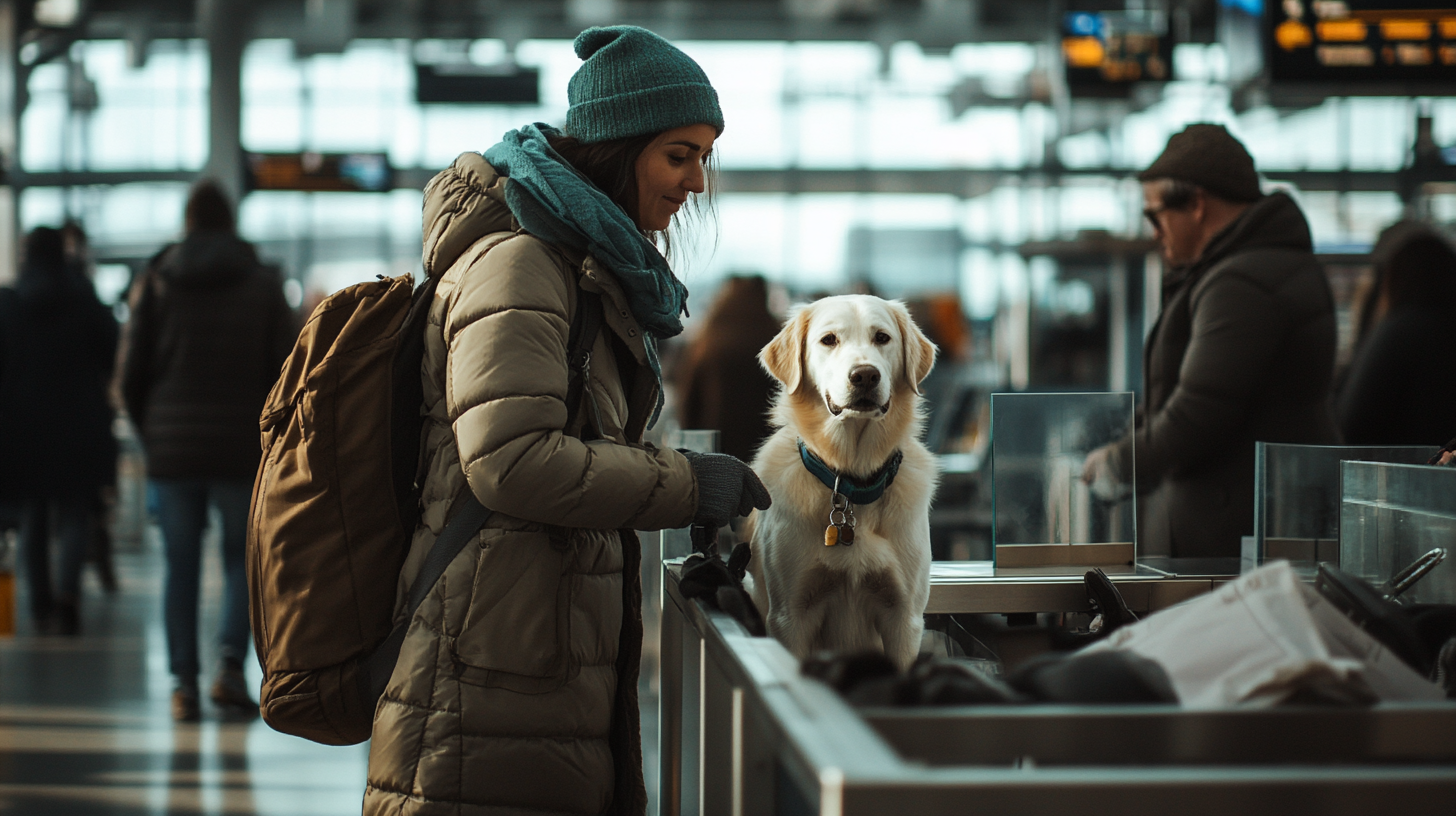
Before traveling, identify veterinary hospitals and emergency services along your route and at your destination. Research local 24-hour emergency clinics and save their contact information and addresses in your phone or write them down. Some areas may have limited veterinary services, so knowing this ahead of time can help you plan accordingly. Additionally, consider locating pet-friendly shelters or boarding facilities in case of unexpected events where you might need temporary care for your pet. Having this information readily available can save precious time in case of an emergency, providing peace of mind throughout your travels. For assistance in this planning, pet emergency preparedness checklist can provide valuable guidelines.
Legal and Regulatory Considerations
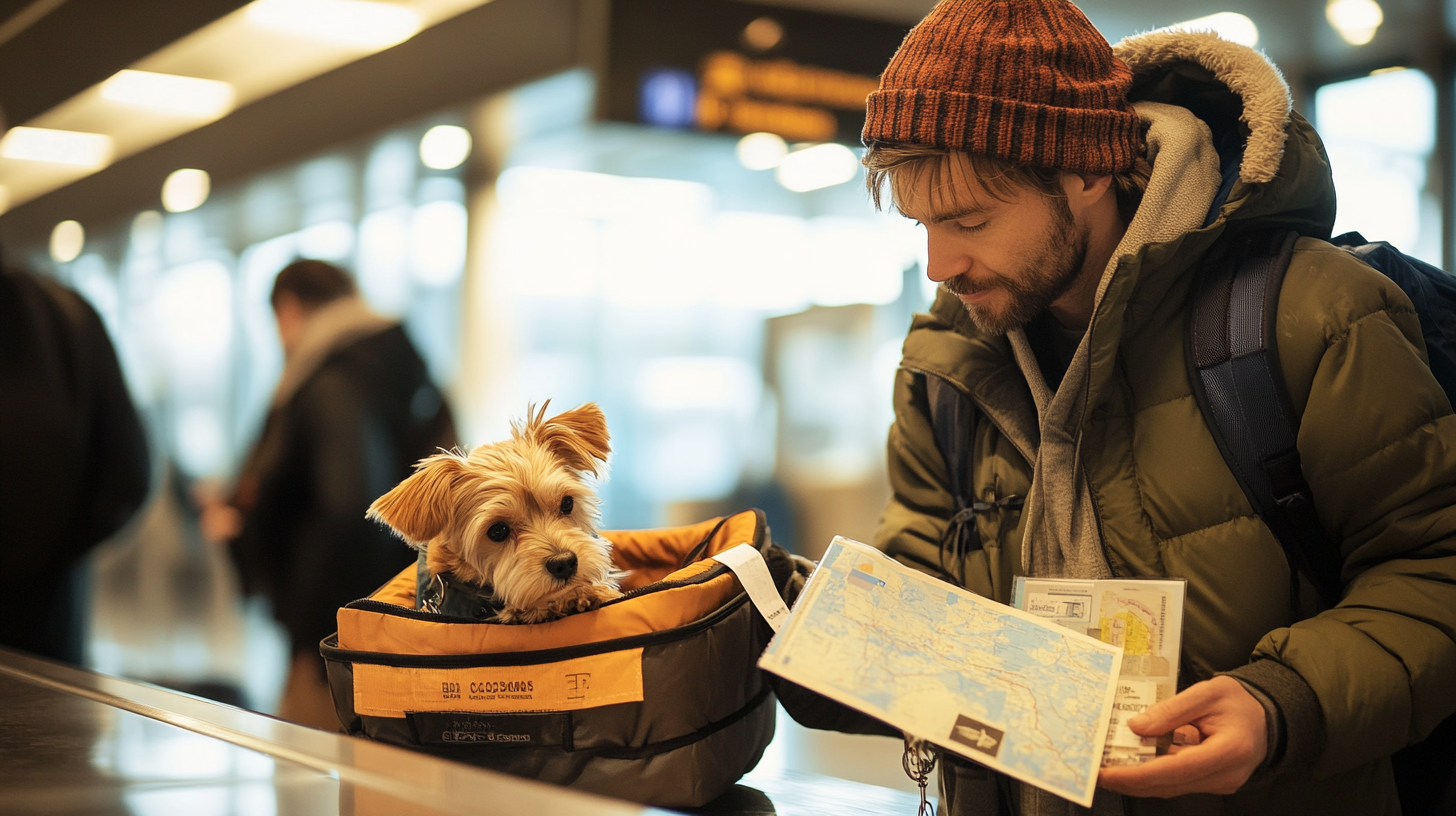
Understanding Import and Export Regulations
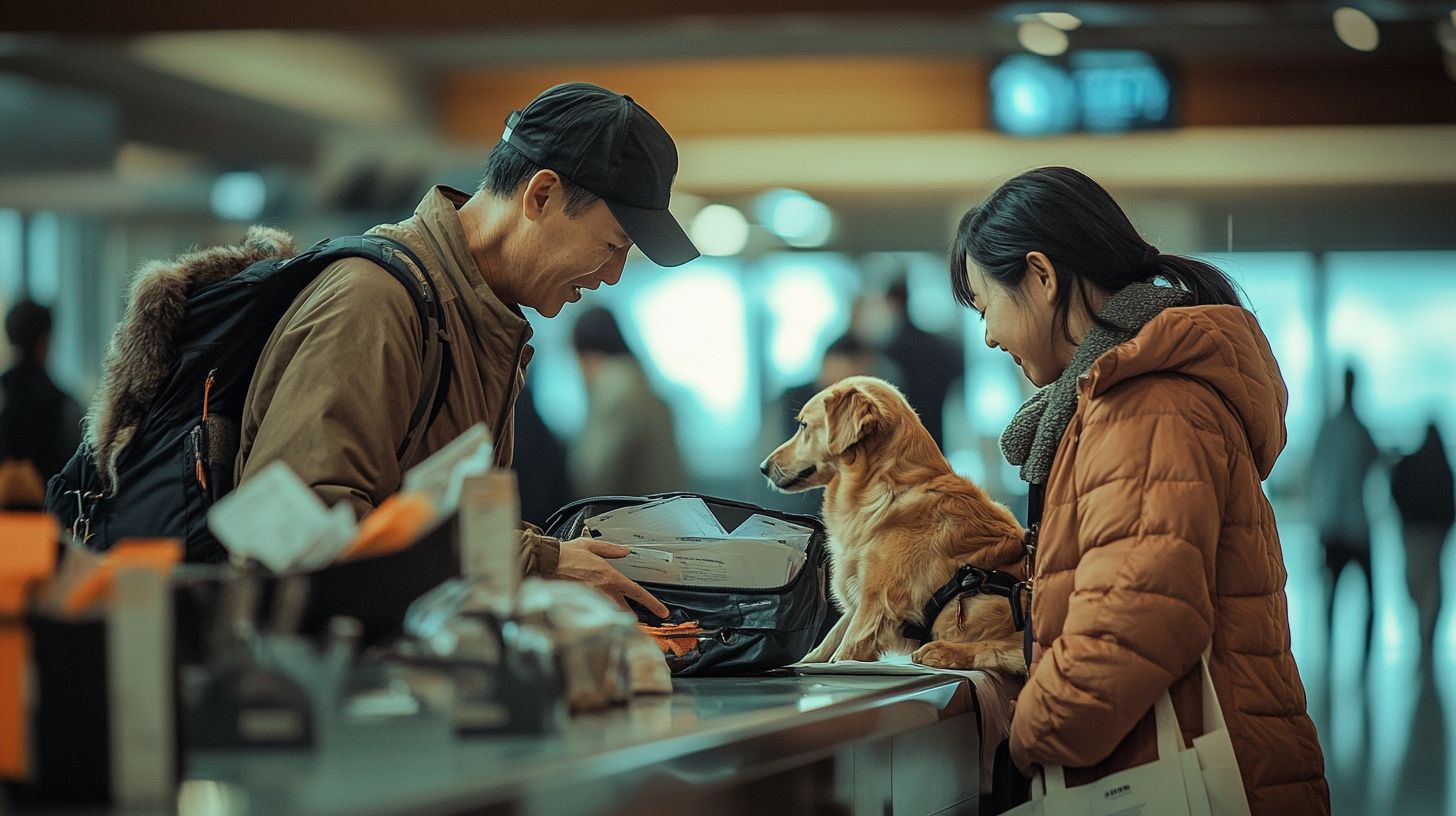
When crossing state or international borders, be aware of the specific regulations and requirements for pet entry. This may include health certificates issued within a certain time frame, proof of vaccinations, microchip implantation, and even quarantine periods ranging from a few days to several months. Some countries require pets to undergo blood tests or treatments for specific parasites before arrival. Official government websites, typically ending in .gov, provide the most accurate and up-to-date information. It’s essential to start this research well in advance, as fulfilling these requirements may take several months.
For international travel, some countries have stringent laws, especially concerning rabies vaccinations and microchipping. For instance, dogs entering the United States from high-risk rabies countries need proof of vaccination and may require a titer test to avoid quarantine. The United Kingdom, Australia, and New Zealand have strict quarantine laws to prevent the spread of diseases. Failing to comply with these regulations can result in your pet being denied entry, quarantined at your expense, or even returned to the country of origin. Utilizing resources like international pet travel regulations guide can help ensure you meet all necessary requirements for your destination.
Ensuring Compliance with Transportation Policies

Each mode of transport has its own set of rules regarding pet travel. Amtrak, for example, allows small pets on certain routes with specific carrier requirements, such as dimensions and types of carriers allowed. They also have weight limits and may require pets to remain in carriers at all times. Bus lines like Greyhound typically do not allow pets, except for service animals. If traveling by ferry or cruise ship, pet policies can vary widely, with some allowing pets only in designated areas or kennels on board. Always check the latest policies of transportation providers to ensure compliance and avoid any last-minute issues. Policies can change, and seasonal restrictions may apply, so even if you’ve traveled with your pet on the same route before, it’s important to confirm the current regulations. For comprehensive information, transportation pet policy database can be a helpful tool in your planning.
Final Thoughts
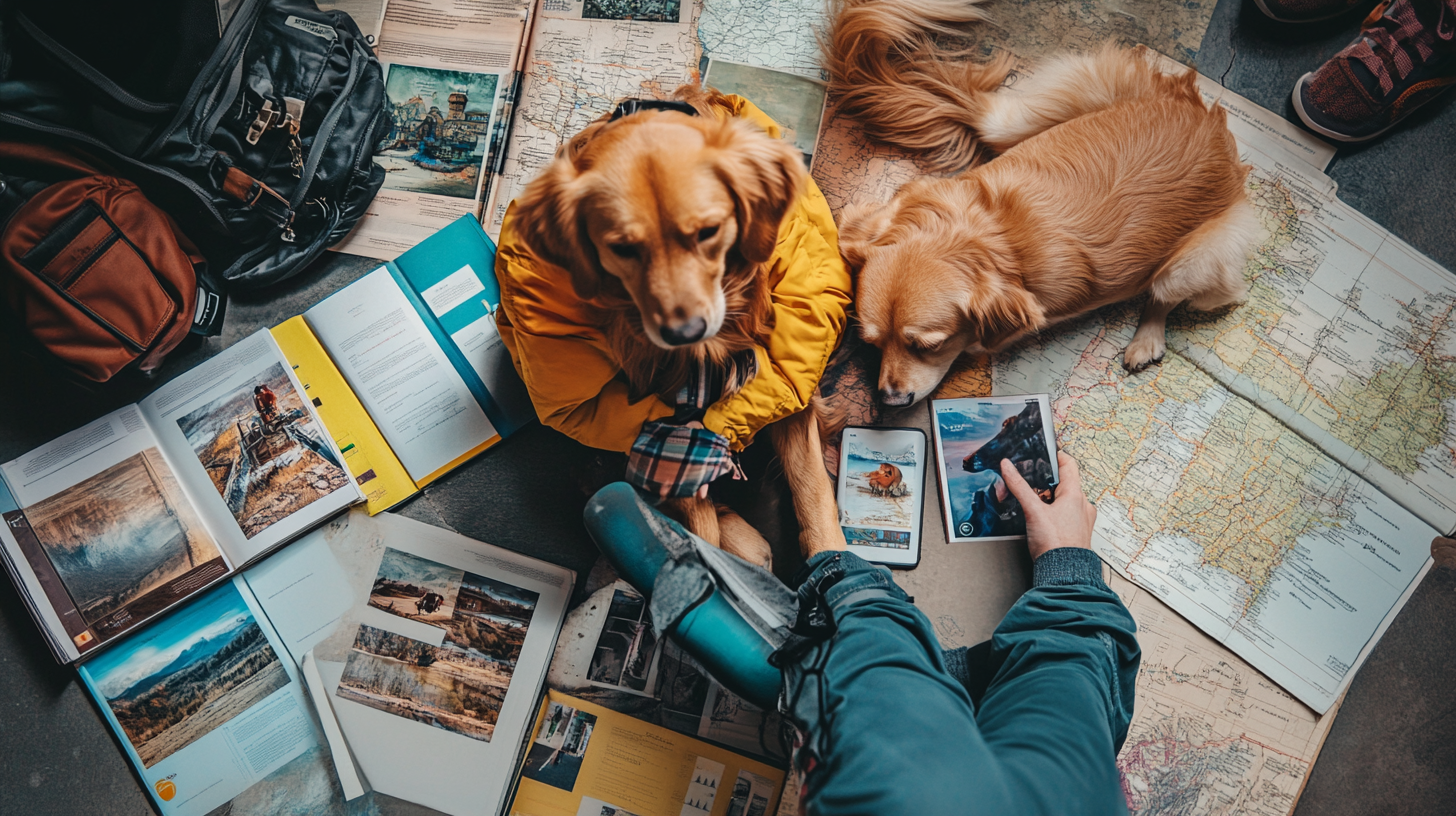
Traveling with your pet can be a delightful experience filled with adventure and companionship. Whether you’re exploring new trails, visiting family, or simply enjoying a change of scenery together, these shared experiences can deepen the bond with your pet. By thoroughly preparing and considering your pet’s needs every step of the way, you can ensure a safe, comfortable, and enjoyable journey for both you and your furry friend.
Remember, successful pet travel is all about planning ahead, understanding regulations, and prioritizing your pet’s well-being. With the right preparation, you can focus on making memories rather than worrying about unforeseen complications.
Additional Resources
For more information on pet-friendly destinations and accommodations, consider exploring:
- BringFido.com – A comprehensive guide to pet-friendly hotels, attractions, and restaurants.
- Pets Welcome – A resource for finding pet-friendly lodging and travel tips.
- nationwide directory of pet-friendly parks and trails – An extensive listing of outdoor spaces where pets are welcome.
- international pet travel forums – Community forums where travelers share experiences and advice on pet travel worldwide.
Always ensure you verify all information and stay updated with any changes in travel policies or health regulations before embarking on your trip. For personalized advice, consider reaching out to professional pet travel consultants , who can assist in planning and addressing specific concerns.
Follow us back to milesBUZZ for more tips and stories about traveling with your furry companions.







